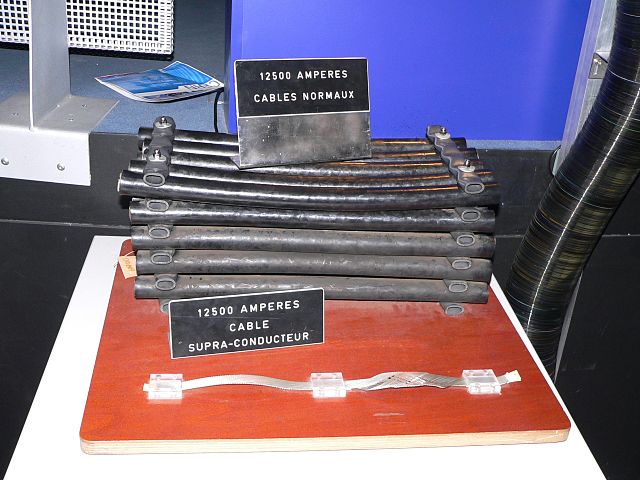The cooling over large distances is a challenge but the engineers and physicists are working on it. The current record is several km but not enough to connect cities, etc. This basically only works if the cables are in a kind of vacuum tube to reduce the cooling power.
It is not practical to transmit electric energy if you need liquid helium temperatures. The cooling costs are prohibitive. The current state of the art are cables using thin films of BSCCO (phys.org). They can operate at 77 K without problems. The current world record for such a cable in a vacuum tube is several kilometers but after some distance you need a small building along the cable to cool the liquid nitrogen inside the cable again.
There is a tremendous research effort to find superconductors with higher critical temperatures and currents but that is not so easy. The usage for practical applications is increasing but the progress is rather slow. In more exotic applications such a CERN or ITER you absolutely need superconducting cables, if it is only for space reasons:


